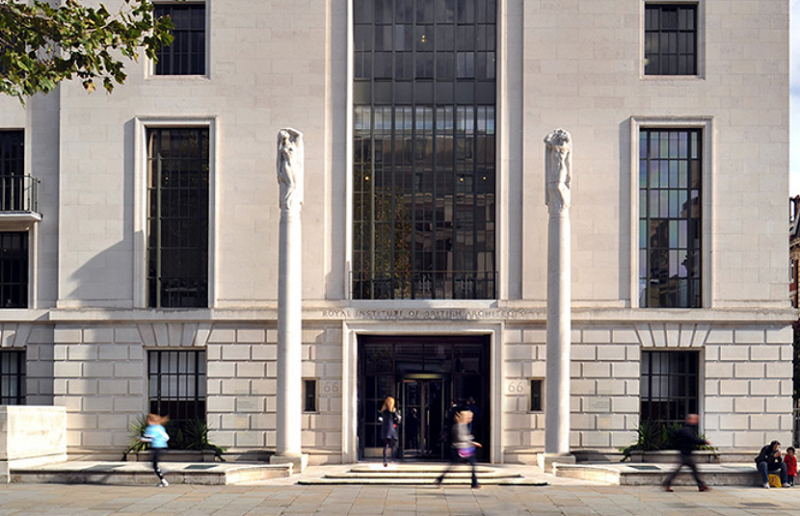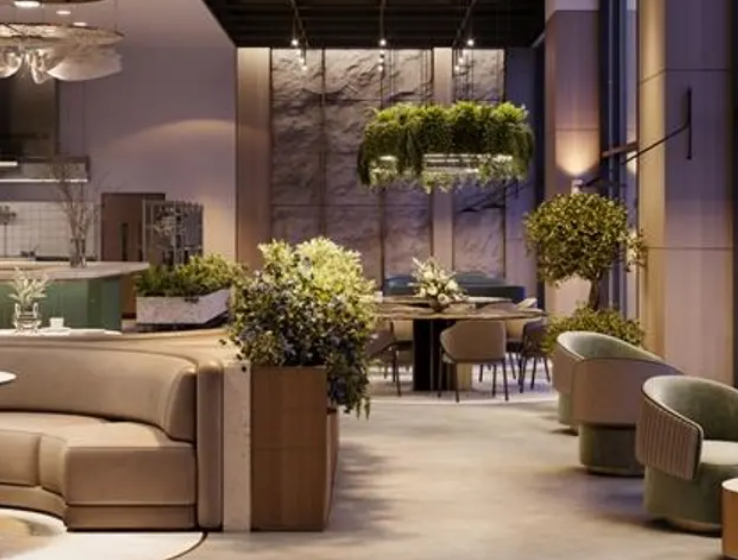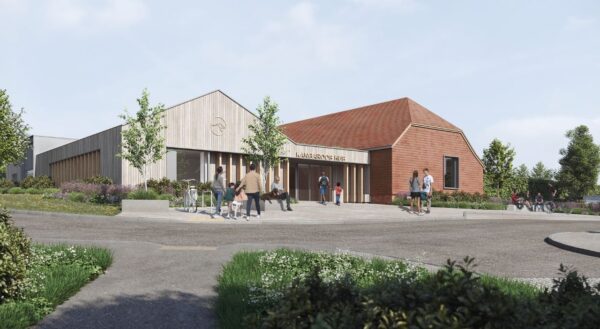The Royal Institute of British Architects (RIBA) has published the findings of its latest Future Trends Survey, a monthly report of business and employment trends affecting the architects’ profession.
The September 2024 findings show that over the next three months, architects continue to expect higher workloads and staffing levels, with an improved outlook compared to August.
In September, the RIBA Future Trends Workload Index rose by 1 point to +3, indicating that architects expect workloads to increase overall.
Over the next three months, 26% of practices expect workloads to increase, 22% expect them to decrease, and 52% expect them to stay the same.

While the outlook for small practices (1-10 staff) deteriorated by 3 points to a Workload Index figure of -5, outlook for medium (11-50 staff) and large (51+ staff) practices rose by 27 points to a very optimistic figure of +60.
Positively, all monitored work sectors have an improved outlook, with the crucial Private Housing sector (+5) rising by 5 points to its most optimistic level since summer 2022. The outlook for the Commercial sector (+1) improved by 7 points to its highest level since spring 2022, while the Public sector (-1) and Community sector (-2) each improved by 3 points.
The regional picture is mixed. Confidence among practices in London (+8) recovered by 12 points, returning to positive territory. The outlook remains positive in the North of England (+13), which rose by 1 point, and the South of England (+3), which fell by 5 points. The outlook for Wales and the West (0) rallied by 9 points, but the Midlands & East Anglia (-10) deteriorated by 16 points, falling into negative territory.
In September, the RIBA Future Trends Permanent Staffing Index rose by 1 point to +6, indicating that more practices intend to increase staff numbers than reduce them. The Index’s upward trajectory suggests growing confidence in long-term prospects.
- Over the next three months, 11% of practices expect to employ more permanent staff, 5% expect to employ fewer, and 84% anticipate no change.
- Both medium and large practices (Permanent Staffing Index +43) and small practices (+1) are optimistic about permanent staffing levels.
- All but one region expects increasing numbers of permanent staff. London (+12) and the South of England (+13) are markedly more optimistic than last month, while the North of England (+7) and Wales and the West (+5) also have a positive outlook. Only the Midlands and East Anglia (-3) expects falling staff numbers.
- The Temporary Staffing Index recovered by 11 points to +3, suggesting increasing numbers of temporary staff.
- Levels of personal underemployment rose slightly to 28% in September.
RIBA Head of Economic Research and Analysis Adrian Malleson said: “This month’s encouraging findings show that business conditions are improving. Practices anticipate increased workloads and staffing levels.
“After a long spell of pessimism, there is an increasingly positive outlook for the private housing sector, which provides the largest share of commissions for smaller practices. The outlook for the commercial sector, which includes offices, entertainment and retail, is also optimistic.
“Commentary received from practices this month includes some notably positive assessments of the market, highlighting growth returning, workloads increasing, a rise in enquiries, an unprecedented number of new tenders, and practices focusing on recruitment and raising fee levels.
“Nevertheless, the picture is not universally positive. Other practices report planning delays, a lack of upcoming projects, cash-flow pressures, and client hesitancy in committing to new projects. While the market shows encouraging signs of recovery, significant barriers to sustained growth remain.
“We will continue to report our findings to the Government and work with other built environment bodies to monitor these trends.”




















